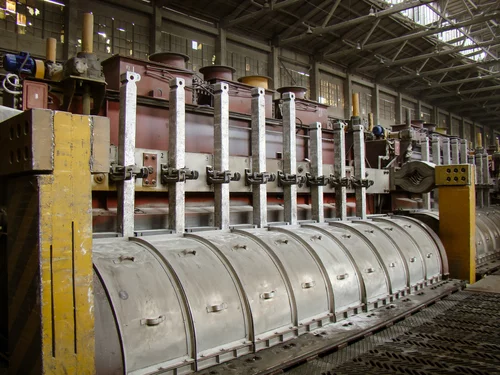
silica fume fly ash factory
The Role of Silica Fume and Fly Ash in Sustainable Construction
In recent years, the construction industry has been evolving towards more sustainable practices to minimize environmental impacts. Among the various materials used in this pursuit, silica fume and fly ash have emerged as essential components. Their integration into concrete technology not only enhances performance but also contributes significantly to waste management and resource conservation.
Understanding Silica Fume and Fly Ash
Silica fume, a byproduct of silicon metal production, is an extremely fine powder composed primarily of silicon dioxide. Due to its ultrafine particle size and high silica content, it is often used as a pozzolanic material in cement and concrete applications. Fly ash, on the other hand, is a byproduct from the combustion of coal in power plants. It consists of fine particles that rise with flue gases and can be collected using electrostatic precipitators.
Both these materials exhibit pozzolanic properties, meaning they can react with calcium hydroxide in the presence of water to form compounds that contribute to the strength and durability of concrete. Their usage significantly improves both the mechanical properties and the long-term durability of concrete structures.
Environmental Benefits
One of the most compelling reasons to incorporate silica fume and fly ash into construction practices is the environmental impact. The production of Portland cement, a core ingredient in traditional concrete, is responsible for approximately 8% of global carbon dioxide emissions. By replacing a portion of cement with silica fume and fly ash, it is possible to reduce the carbon footprint of concrete significantly.
Furthermore, both materials utilize industrial waste that would otherwise contribute to landfill overflow. Silica fume reuses a byproduct from silicon production, while fly ash is derived from coal-fired power plants. By recycling these materials into new concrete applications, the construction industry can effectively contribute to a circular economy.
silica fume fly ash factory

Performance Enhancements
The incorporation of silica fume and fly ash not only addresses environmental concerns but also enhances the performance characteristics of concrete. Silica fume increases the density and strength of concrete, resulting in minimal permeability. This is particularly beneficial in constructing structures that require resistance to aggressive environmental conditions, such as bridges, roads, and water treatment plants.
Fly ash, while also enhancing strength, improves the workability of concrete and reduces the heat of hydration. This property is especially important in large-scale constructions where excessive heat can lead to cracking and structural integrity issues. Moreover, when fly ash is utilized, the cement hydration process slows down slightly, allowing for more time to work with the concrete before it sets.
Industry Adoption and Standards
The adoption of silica fume and fly ash in concrete mix designs is increasingly being recognized in industry standards worldwide. Organizations such as the American Concrete Institute (ACI) and the ASTM International have set guidelines for their use, emphasizing the need for proper testing and quality control to ensure consistent performance.
Many construction projects, particularly those seeking LEED (Leadership in Energy and Environmental Design) certification, actively incorporate these materials to achieve sustainability goals. As awareness grows regarding the critical role that sustainable practices play in the construction industry, the demand for silica fume and fly ash is expected to rise continuously.
Conclusion
As the construction industry grapples with the dual challenges of sustainability and performance, silica fume and fly ash stand out as valuable materials. Their ability to enhance concrete's characteristics while facilitating waste reduction highlights their importance in modern construction practices. By adopting these materials, stakeholders not only contribute to a greener future but also ensure that the structures of today are robust, durable, and resilient for generations to come. The integration of silica fume and fly ash into concrete technology represents a promising direction towards sustainable development in the construction sector.
Share
-
Premium Talcum Powder Enhanced with GPT-4 Turbo | Soft & Long-LastingNewsAug.02,2025
-
Fly Ash Solutions Enhanced by GPT-4 Turbo | Sustainable InnovationNewsAug.01,2025
-
Natural Premium Bentonite Cat Litter - Superior ClumpingNewsJul.31,2025
-
Premium Resin Coated Sand - High Heat Resistance CastingNewsJul.31,2025
-
High Quality Silicon Carbide Grit for Abrasive ApplicationsNewsJul.30,2025
-
High-Quality Ceramsite for Plants & Gardening | Lightweight PebblesNewsJul.29,2025






